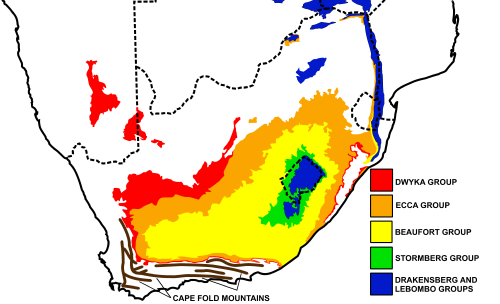This article needs to be updated.(May 2020) |

As of 2011, South Africa produces in excess of 255 million tonnes of coal [1] and consumes almost three-quarters of that domestically. [2] As of 2018, South Africa was the seventh largest producer and consumer of coal in the world. [3] The industry, as of 2015, employs about 80,000 workers, or .5% of total employment, down from a peak in 1981 of 135,000 workers. [3] The coal industry is South Africa's largest contribution to the greenhouse gases that cause climate change. [4] [3]
Contents
- Geology
- Economic impact
- Mining
- Coal consumption
- Electricity generation
- Liquid fuel
- Household use
- Illness and deaths
- Environmental impact
- See also
- References
- Citations
Around 77% of South Africa's energy needs are directly derived from coal. [5] South Africa is the 5th largest exporter of coal in the world, with 30% consumed overseas. [3] 92% of coal consumed on the African continent is produced in South Africa. [6] 80% of South Africa's CO2 emissions come from the energy supply which is dependent on coal, which produced the vast majority of the country's energy, or 42GWs. [3] In negotiations leading up to the COP26 Climate Conference in Glasgow, South Africa and its partner countries reached a $8.5 billion Climate finance package to end its reliance on coal. [7] [8] The use of coal in South Africa dates back to the Iron Age (300–1880 AD), when charcoal (note: not coal, but charred wood) was used to melt iron and copper, but large-scale exploitation of coal did not occur until the mid-19th century. [9]





